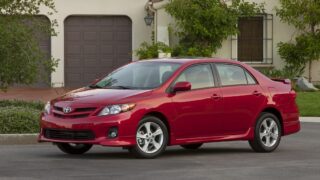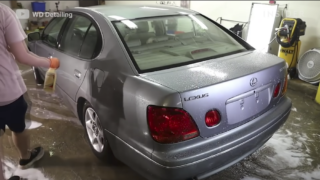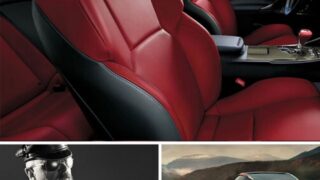What a Difference Lexus Torque Vectoring Differential Makes

Whenever we hear about a new technology on a car that claims to make a difference over the same car without it, it’s kind of hard to verify that claim. Going from one year to the next can bring some really drastic changes. Even the options required to get said improvement can change the whole car. Yet Car and Driver was able to get a new RC-F with and without Lexus’ Torque Vectoring Differential, to show what kind of a difference the feature can make in the same year car.
We’ll go into how it really works when compared to other systems that do the same thing. But before we get into the results of the article, let’s talk about Torque Vectoring and the different types that exist.
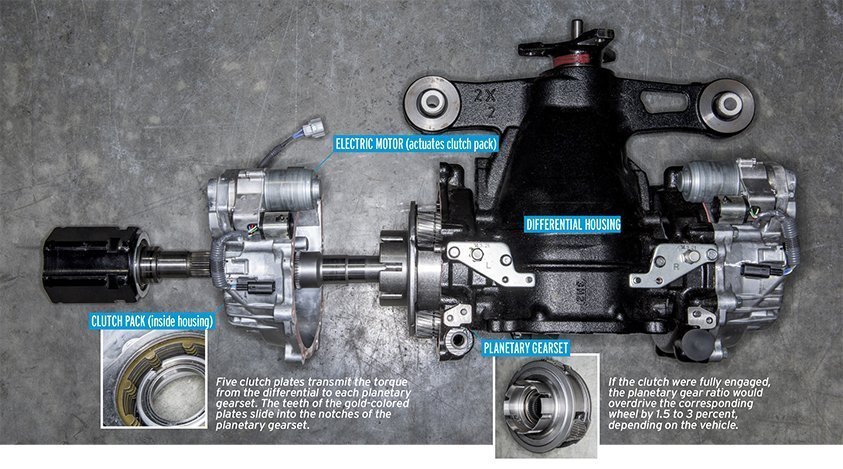
Torque Vectoring
You’ve heard of it, just in so many different ways. You have Mitsubishi’s S-AWC, AYC, and S-AYC; Honda’s Active Torque Transfer System (ATTS) or Super Handling (SH) system; ZF Friedrichshafen Vector Drive; Mercedes Bens ABV; Porsche Torque Vectoring; and many others. They all do the same thing: make turning into a corner that much easier for the driver by actively slowing down the inside wheel, speeding up the outside wheel, or a combination of the two. While this is normally the goal of any differential with a limited-slip, these are active and reactive rather than passive; they have a computer system telling it to do what’s needed to turn the car in the way the driver wants.

The inexpensive way many manufacturers do this is by using the vehicle’s brake system. It’s already there, not usually that expensive to design, doesn’t require a modified differential, and can work pretty well with a passive limited-slip. This is sort of how Toyota’s “Auto LSD” works in their trucks; it uses the brake system to stop the slipping tire and forces a transfer of power to the non-slipping wheel. The biggest difference is that Auto LSD also regulates the power and is really only intended to be used in a situation where slip will happen. Torque Vectoring with brakes usually doesn’t try to limit your throttle and looks to enhance your car’s turning capability. In many cases, this system is also speed limited – in Porsche’s case, it works up to 75 MPH and completely inactive at 100 MPH.

Lexus TVD
The Torque Vectoring Differential in the Lexus RC-F doesn’t use the braking system. Instead, it uses a differential made by GKN, using similar technology that ZF uses with its Vector Drive. It uses a planetary gearset on each side of the differential that is activated by an electric motor that presses on a clutch pack. It can overdrive each axle by 1.5 to 3-percent to achieve the torque vectoring effect.

Step-by-step, here is how it works:
1. Entering into a turn as you decelerate the inside rear wheel’s clutch pack is engaged to transfer torque to the inside wheel, tightening the line going in.
2. Mid-turn, the outside wheel clutch pack is then engaged as the outside pack is disengaged. This raises the torque on that wheel and puts more yaw into the car.
3. Exiting the corner and power out, the over driven outside wheel continues to power through with about a 70/30 split between the outside and inside wheel until the car is straight.
4. Power out and straight line the differential reverts back to its normal operation with a 50/50 split until the next corner.
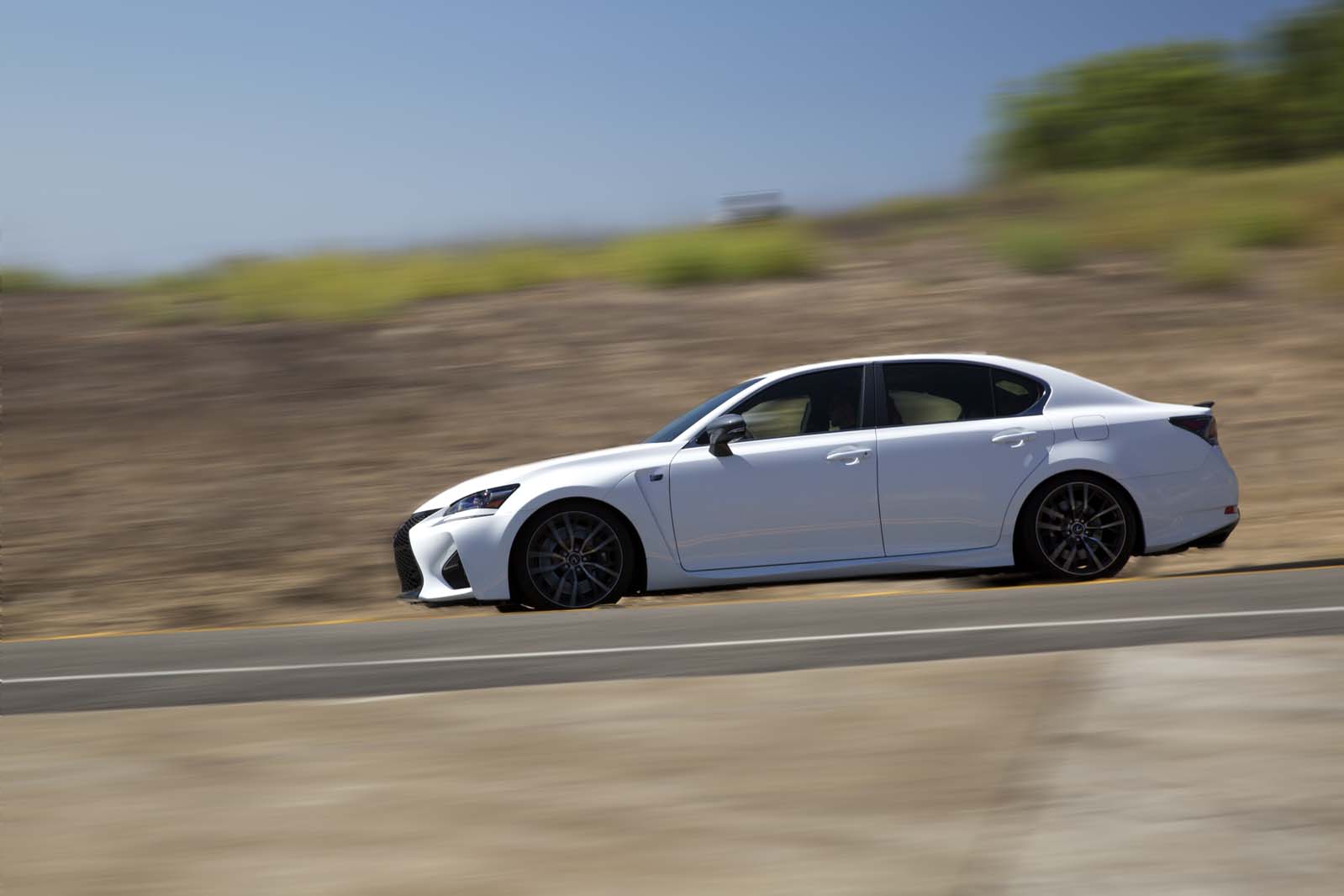
Is it worth it?
I’m spoiling the Car and Driver article, but suffice it to say, TVD is very much worth it if you’re a track day or even an autocross junkie and want to buy the RC-F. The TVD-equipped Lexus improved over its Torsen differential cousin on the skid-pad with lateral grip increasing by .03-g (.94-g over .91-g of the Torsen car) and decreased the average steering angle from 135-degrees to 99-degrees. Their test at the Chrysler Chelsea Proving Grounds’ 1.7-mile road course was also improved. The Torsen car turned in a time of 1:19.1 while the TVD car bested it with a 1:18.7. This is also with a penalty of a weight increase (4016-lbs for the Torsen with a 54.4/45.6 split over the 4057-lbs, 53.5/46.5 split TVD car with Sunroof). For normal driving, you won’t see much gain until you need to perform an emergency turn as the TVD offers more stable driving in “normal” mode.
Chime in with your thoughts on the forum. >>
Via [Car and Driver]

